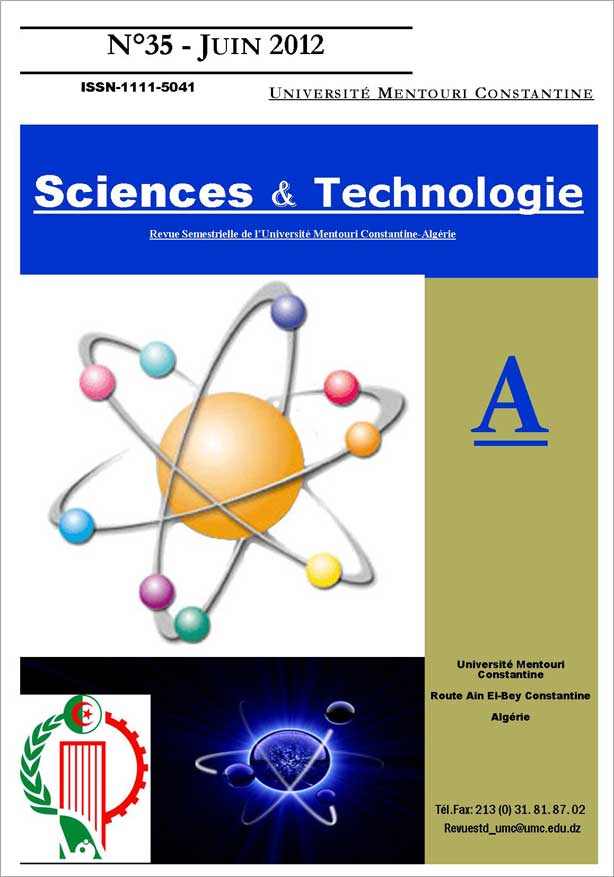A MONTÉ CARLO MODEL FOR SIMULATING THE NITROGEN DIFFUSION EFFECT INTO B-LPCVD-NIDOS POLYCRYSTALLINE THIN FILMS
Mots-clés :
monte carlo simulation, LPCVD, Boron Implantation, Polycritalline siliconRésumé
The principal objective of our current work, is to study the influence of different treatment from surface which makes it possible to improve the properties of materials by technique of beam of ions (diffusion – implantation), on the distribution of the particles in a semiconductor the prone polycrystalline Silicon of our study, largely used in micro-electronics. The interest of this study is related to the ceaseless requirements in industry for increasingly reduced, powerful materials and with the weakest possible cost price.
We thus have, makes a nitriding in gas phase during the phase of deposit LPCVD of polycrystalline Silicon, then one made an ionic implantation with the Bore ions. The results obtained, starting from a simulation based on the Monte Carlo method, although they are carried out with amounts much lower than the really introduced amounts, being given the limitation of the machine used, satisfied the predictions established at the beginning and encourage us to continue this study from the point of view of the use of this material in particular in varied fields.
Téléchargements
Références
[Fichtner’88], Fichtner w, Process Simulation, in VLSI Technologie, New York : Mc Grow-Hill, 1988, PP. 422 –465.
[Kleider’02], Kleider . J.P. , R.OCA.P, Reverse bios annealing of schottky diods, evidence for the lower defect and better stability of polymorphous silicon compared to amorphous silicon, jounal of Non- Crystalline solids 299-302(2002).
[Poitou’00] : Poitou.F , Détermination de l’énergie au joint de grains par calculs ab initio et application à un modèle Monté carlo de craissance cristalline 2000.
[Lindhard’63], Lindhard. J, Scharff M, Schiott H.E, Range concept and Heavy Ion Ranges, Materials Phisisics Medd., 1963, Vol. 33, n° 14, PP.54 -73.
[Saadane’03], Saadane. O, S. Lebib, A.V. Kharchenko, C. Longeaud et P. Roca Icabarrocas, Structural, optical, and electronic properties of hydrogenated polymorphous silicons films deposited from silane-hydrogen and silanehelium mixtures.J.Appl.Phys.93(11), 9371(2003).
[Oen’76], Oen O.S., Robinson M.T.,Computer studies of the reflection of light ions from solids, Nuclear instruments and Methods,1976, Vol.132, pp.647-653.
[Ottaviani’99], Ottaviani. L, Réalisation de jonctions pn dans le carbure de Silicium 6H par implantation ionique d’aluminium, 1999.
[Ziegler’85], Ziegler J.f., Biersack J.P., Littmark U., The stopping and range of ions in solids, New York : Pergamen Press, 1985, 321p.







